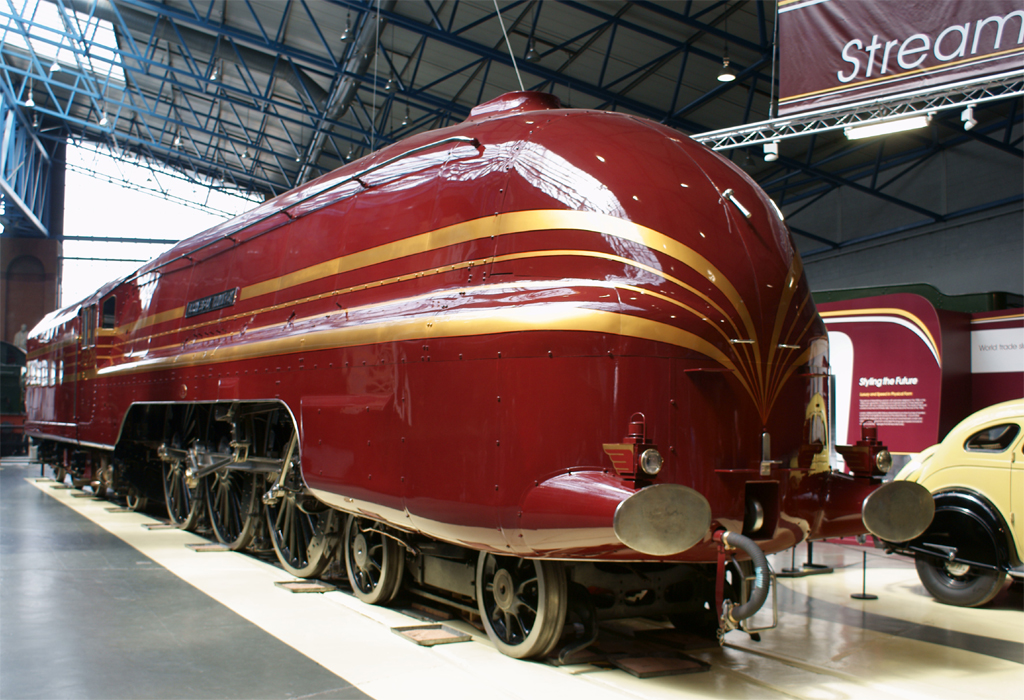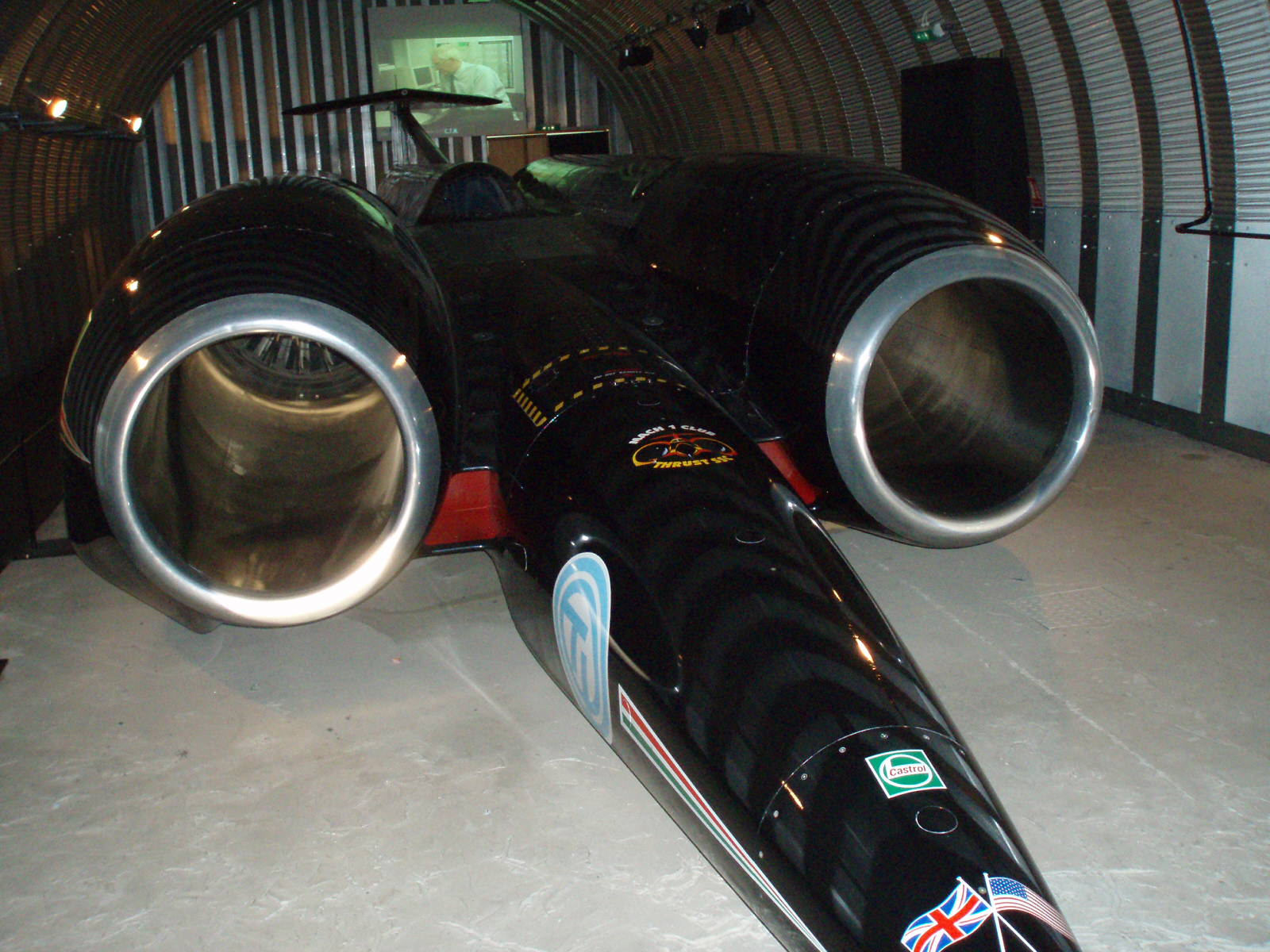|
Cooper Mk V
The Cooper Mk.V, is a series of three different Formula 3 cars, designed, developed and built by Cooper Cars in 1951. Like its predecessor, it used a JA Prestwich Industries (JAP) single-cylinder engine, or a JA Prestwich Industries (JAP) V-2 engine. The first version was the short-wheelbase Cooper T15; which featured a box-section chassis frame, detachable body panels, and a rack-and-pinion steering system. The second version was the long wheelbase Cooper T16, which featured a lengthened wheelbase to be able to equip the larger engine. And the third and final version, the Cooper T17; which was a special streamliner version land speed record attempt car for speed record attempts, and sometimes, used for fast road racing Road racing is a form of motorsport racing held on a paved road surface. The races can be held either on a closed circuit or on a street circuit utilizing temporarily closed public roads. Originally, road races were held almost entirely on publ ... circuits ... [...More Info...] [...Related Items...] OR: [Wikipedia] [Google] [Baidu] |
Formula 3
Formula Three, also called Formula 3, abbreviated as F3, is a third-tier class of open-wheel formula racing. The various championships held in Europe, Australia, South America and Asia form an important step for many prospective Formula One drivers. History Formula Three (adopted by the FIA in 1950) evolved from postwar auto racing, with lightweight tube-frame chassis powered by 500 cc motorcycle engines (notably Nortons and JAP speedway). The 500 cc formula originally evolved in 1946 from low-cost "special" racing organised by enthusiasts in Bristol, England, just before the Second World War; British motorsport after the war picked up slowly, partly due to petrol rationing which continued for a number of years and home-built 500 cc cars engines were intended to be accessible to the "impecunious enthusiast". The second post-war motor race in Britain was organised by the VSCC in July 1947 at RAF Gransden Lodge, 500cc cars being the only post-war class to run that day. Three of ... [...More Info...] [...Related Items...] OR: [Wikipedia] [Google] [Baidu] |
Cooper Cars
The Cooper Car Company is a British car manufacturer founded in December 1947 by Charles Cooper and his son John Cooper. Together with John's boyhood friend, Eric Brandon, they began by building racing cars in Charles's small garage in Surbiton, Surrey, England, in 1946. Through the 1950s and early 1960s they reached motor racing's highest levels as their mid-engined, single-seat cars competed in both Formula One and the Indianapolis 500, and their Mini Cooper dominated rally racing. The Cooper name lives on in the Cooper versions of the Mini production cars that are built in England, but is now owned and marketed by BMW. Origins The first cars built by the Coopers were single-seat 500-cc Formula Three racing cars driven by John Cooper and Eric Brandon, and powered by a JAP motorcycle engine. Since materials were in short supply immediately after World War II, the prototypes were constructed by joining two old Fiat Topolino front-ends together. According to ... [...More Info...] [...Related Items...] OR: [Wikipedia] [Google] [Baidu] |
Cooper Mark IV
The Cooper Mark IV was a Formula Three and Formula Two racing car designed and built by the Cooper Car Company at Surbiton, Surrey, England, in 1950. Following the adoption of the 500cc formula for F3 in 1949, Cooper evolved the Mark III to use a JA Prestwich Industries (JAP) single. The ladder frame was retained, with the aluminum body supported by hoops. Lockheed twin-shoe disc brakes became standard, coupled to two master cylinders. The suspension was Fiat 500 transverse leaf spring independent suspension, used at front and rear.Kettlewell, p.429. History The Mark IV came in a standard version (T11) for F3, and long-wheelbase (T12) variant for F2. Standard for the T11 was a one-cylinder Speedway JAP engine. The T12 was powered by a 1000cc engine. The first 500 modified with a 1000cc JAP twin was prepared by customer Spike Rhiando in 1948. In 1949, a model powered by the engine from an MG TD was built, and won on its first outing. Cliff Davis was the most successful driv ... [...More Info...] [...Related Items...] OR: [Wikipedia] [Google] [Baidu] |
JA Prestwich Industries
JA Prestwich Industries, was a British engineering equipment manufacturing company named after founder John Alfred Prestwich, which was formed in 1951 by the amalgamation of J.A.Prestwich and Company Limited and Pencils Ltd. History John Prestwich, an engineer, commenced manufacture of scientific instruments in 1895, when he was 20, initially behind his father's house at 1 Lansdowne Road, Tottenham, London. By 1911 he had moved to new premises in Tariff Road, within the Northumberland Park area of Tottenham, London, anwhich still exists as of 2015 Prestwich was initially best known for his cinematography cameras and projectors. He worked with S.Z. de Ferranti and later the cinema pioneer William Friese-Greene. Circa 1902 J.A.Prestwich and Company began manufacturing motorcycle engines which were used in many motorcycle marques. The motorcycle engines were associated with racing and record success and were used in speedway bikes into the 1960s. Prestwich also made engines for ... [...More Info...] [...Related Items...] OR: [Wikipedia] [Google] [Baidu] |
Single-cylinder Engine
A single-cylinder engine, sometimes called a thumper, is a piston engine with one cylinder. This engine is often used for motorcycles, motor scooters, go-karts, all-terrain vehicles, radio-controlled vehicles, portable tools and garden machinery (such as lawnmowers, cultivators, and string trimmers). Single-cylinder engines are made both as 4-strokes and 2-strokes. Characteristics Compared with multi-cylinder engines, single-cylinder engines are usually simpler and compact. Due to the greater potential for airflow around all sides of the cylinder, air cooling is often more effective for single cylinder engines than multi-cylinder engines. This reduces the weight and complexity of air-cooled single-cylinder engines, compared with liquid-cooled engines. Drawbacks of single-cylinder engines include a more pulsating power delivery through each cycle and higher levels of vibration. The uneven power delivery means that often a single-cylinder engine requires a heavier flywheel than ... [...More Info...] [...Related Items...] OR: [Wikipedia] [Google] [Baidu] |
V-twin Engine
A V-twin engine, also called a V2 engine, is a two-cylinder piston engine where the cylinders share a common crankshaft and are arranged in a V configuration. Although widely associated with motorcycles (installed either transversely or longitudinally), V-twin engines have also been used for industrial engines and in several small cars. The V-twin design dates back to the late 1880s. Origins One of the first V-twin engines was built by Gottlieb Daimler in 1889. It was used as a stationary engine, for boats and in the Daimler Stahlradwagen ("steel-wheeled car"), Daimler's second car. The engine was also manufactured under licence in France by Panhard et Levassor. An early V-twin engined motorcycle was produced in November 1902 by the Princeps AutoCar Company in the United Kingdom. The following year, V-twin motorcycles were produced by Eclipse Motor & Cycle Co in the United Kingdom (the ''XL-ALL'' model), Glenn Curtiss in the United States, and NSU Motorenwerke in Germany. ... [...More Info...] [...Related Items...] OR: [Wikipedia] [Google] [Baidu] |
Streamliner
A streamliner is a vehicle incorporating wikt:streamline, streamlining in a shape providing reduced air resistance. The term is applied to high-speed railway trainsets of the 1930s to 1950s, and to their successor "High-speed rail, bullet trains". Less commonly, the term is applied to fully Bicycle fairing, faired upright and recumbent bicycles. As part of the Streamline Moderne trend, the term was applied to passenger cars, trucks, and other types of light-, medium-, or heavy-duty vehicles, but now vehicle streamlining is so prevalent that it is not an outstanding characteristic. In Land speed record, land speed racing, it is a term applied to the long, slender, custom built, high-speed vehicles with enclosed wheels. Trains Before World War II Europe The first high-speed streamliner in Germany was the "Schienenzeppelin", an experimental propeller driven single car, built in 1930. On 21 June 1931, the car set a speed record of on a run between Berlin and Hamburg. In ... [...More Info...] [...Related Items...] OR: [Wikipedia] [Google] [Baidu] |
Land Speed Record
The land speed record (or absolute land speed record) is the highest speed achieved by a person using a vehicle on land. There is no single body for validation and regulation; in practice the Category C ("Special Vehicles") flying start regulations are used, officiated by regional or national organizations under the auspices of the Fédération Internationale de l'Automobile (FIA). The land speed record (LSR) is standardized as the speed over a course of fixed length, averaged over two runs (commonly called "passes"). Two runs are required in opposite directions within one hour, and a new record mark must exceed the previous one by at least one percent to be validated. History The first regulator was the ''Automobile Club de France'', which proclaimed itself arbiter of the record in about 1902. Until 1903, trains held the land speed record for fastest vehicles in which people could travel. Different clubs had different standards and did not always recognize the same wor ... [...More Info...] [...Related Items...] OR: [Wikipedia] [Google] [Baidu] |
Road Racing
Road racing is a form of motorsport racing held on a paved road surface. The races can be held either on a closed circuit or on a street circuit utilizing temporarily closed public roads. Originally, road races were held almost entirely on public roads. However, public safety concerns eventually led to most races being held on purpose-built racing circuits. Road racing's origins were centered in Western Europe and Great Britain as motor vehicles became more common in the early 20th century. After the Second World War, automobile road races were organized into a series called the Formula One world championship sanctioned by the Fédération Internationale de l'Automobile (FIA), while motorcycle road races were organized into the Grand Prix motorcycle racing series and sanctioned by the Fédération Internationale de Motocyclisme (FIM). The success and popularity of road racing has seen the sport spread across the globe with Grand Prix road races having been held on six continents ... [...More Info...] [...Related Items...] OR: [Wikipedia] [Google] [Baidu] |
Cooper Racing Cars
Cooper, Cooper's, Coopers and similar may refer to: * Cooper (profession), a maker of wooden casks and other staved vessels Arts and entertainment * Cooper (producers), alias of Dutch producers Klubbheads * Cooper (video game character), in ''Dino Crisis'' * "Cooper", a song by Roxette from the 1999 album ''Have a Nice Day'' * The Cooper Brothers, Canadian southern rock band Businesses and organisations * Cooper (company), an American user experience design and business strategy consulting firm * Cooper Canada, defunct sporting goods manufacturer * Cooper Car Company, British car company **Mini Cooper, the name of several cars * Cooper Chemical Company, an American chemical manufacturer * The Cooper Companies, an American medical device company * Cooper Enterprises, Canadian boat builder **Cooper 353, Canadian sailboat **Cooper 416, Canadian sailboat * Cooper Firearms of Montana, an American firearms manufacturer * Cooper Foundation, an American charitable and educational o ... [...More Info...] [...Related Items...] OR: [Wikipedia] [Google] [Baidu] |


